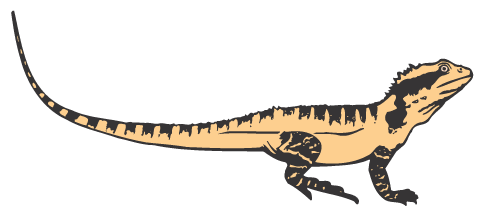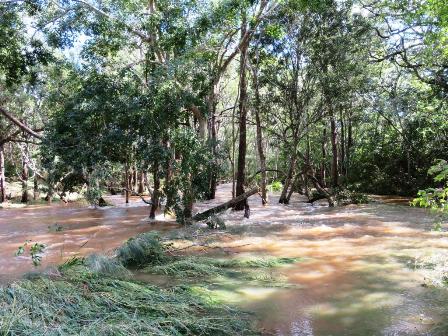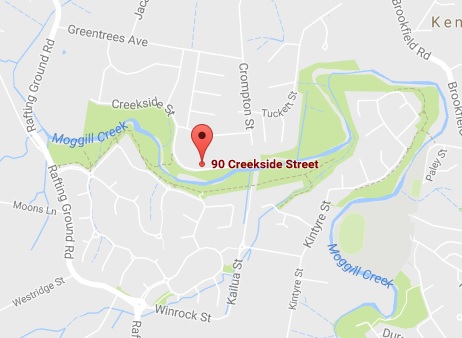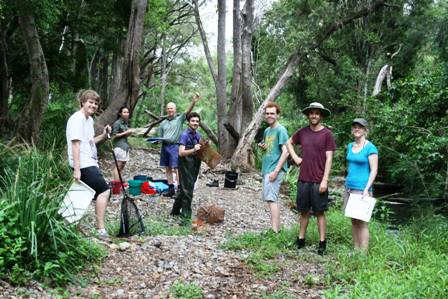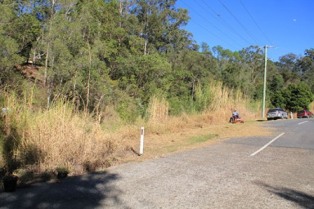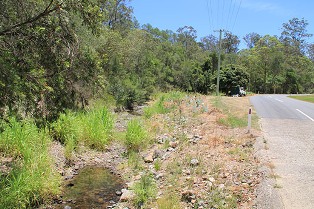MCCG has a new Strategic Plan, together with an accompanying list of important actions.
These actions are listed under each strategy, with the intention of ensuring we don`t overreach ourselves in an attempt to do everything that needs to be done.
Thank you to everyone who helped with ideas, debate and plain hard work in putting this plan together. We will use it to guide us and to gauge our future performance.
We invite you to read our Strategic Plan and the resulting Action Plan, and to reflect on our strategies to overcome the challenges ahead.
{module_literature,i,168257}
{module_literature,i,170283}
